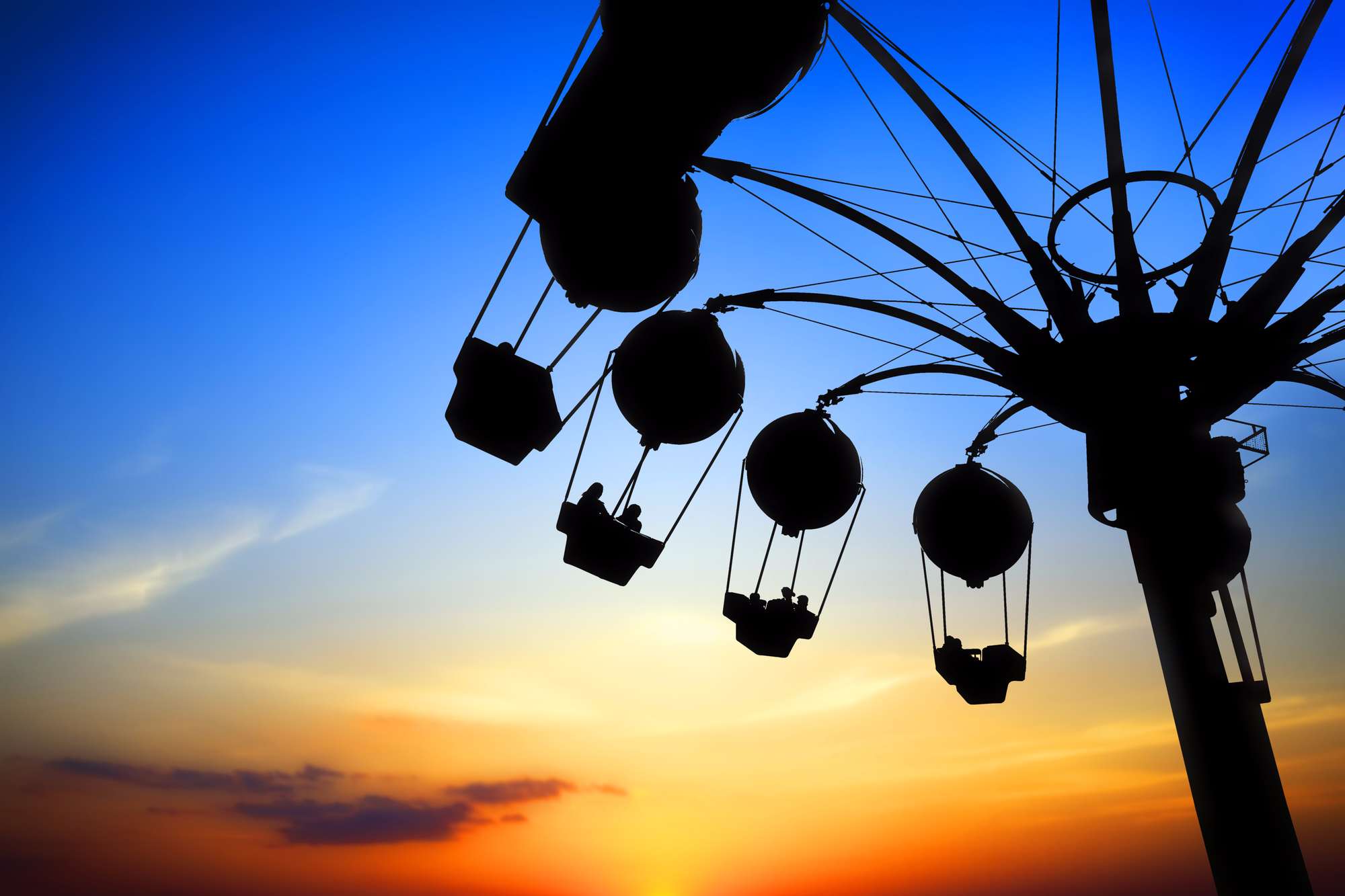Hazards and Causes of Amusement Park Injuries

Frequency of Amusement Park Injuries in the US
Each year, thousands of people are injured at Amusement and Water Parks across the United States. In 2006 alone, almost 9,000 people required emergency room treatment for injuries at amusement parks, according to the Consumer Product Safety Commission (CPSC). Another 3,600 people were injured on inflatable rides, such as slides and moon bounces, and an additional 3,100 people suffered injuries from water slides.
Unfortunately, these statistics by the CPSC only include injuries that led to emergency room visits. The total number of amusement ride and water park-related injuries is actually much higher.
Amusement Rides with Highest Rates of Fatality
The most severe causes of injuries at amusement parks can sometimes lead to death. Of the 51 deaths that were reported by the CPSC from 1987 to 2000, the majority of deaths were associated with roller coasters and “whirling” rides.
The other amusement rides with high rates of fatalities include:
- Water rides and slides
- Train rides
- Ferris wheels
- Sleigh rides
Common Causes of Amusement Park Injuries
The CPSC categories the most common causes of amusement park injuries into the following five areas:
- Mechanical issues – such as exposed electrical wires, malfunctioning lap bars, failing to shut off, etc
- Operator behavior – such as not properly maintaining the ride, stopping the ride abruptly, improperly assembling the attraction, etc
- Consumer Behaviors – standing up, rocking the cars/ride, not sitting properly, etc
- Other Injuries that occur while the ride is functioning normally, such as loss of consciousness or hemorrhages on a rapidly spinning ride
- Combination of hazards
Additional Hazards of Amusement Rides and Water Parks
In addition to inherent dangers of amusement and water parks, there are some other hazards that may lead to amusement-ride related injuries:
- Training deficiencies for staff and ride operators
- Language barriers of people from foreign countries who are working the rides and concession stands
- Failure to enforce ride rules, such as a height minimum for roller coasters
- Excessively crowded parks
- Lack of hand rails for safety
Hazards of Inflatable Amusement Attraction-Related Incidents
Unfortunately, injuries do not just occur at amusement parks alone; many times, injuries can happen due to inflatable attractions, especially with young children. Inflatable attractions include:
- Inflatable slides
- Moon bounces
- Jumping balloons
These types of inflatable attractions can be found at fixed-site and mobile amusement parks, as well as at many other public and private locations, such as a neighbor’s birthday party.
According to the CPSC, young children suffered most often from inflatable attraction-related injuries, with 62.1% of these injuries involving children under 10 years old, and 88.2% involving children under 15 years old.
Some of the hazards of inflatable attractions include:
- Collision, especially if there are several children jumping or sliding on the attraction at one time
- Falling off of a slide or inflatable attraction
- A foot or appendage getting caught in a part of the inflatable attraction, especially while jumping
- Flipping, jumping, or sliding head down may result in a neck or head injury
- An inadequately secured attraction being blown over and throwing children off of it
- Loss of power to a fan that rapidly deflates an inflatable slide or attraction
For more information regarding amusement park injuries in New Jersey, you can view more of our resources using the links below:
If you or a loved one suffered injuries at an amusement park or water park in New Jersey, you can contact our team of negligence attorneys for a complimentary case review.